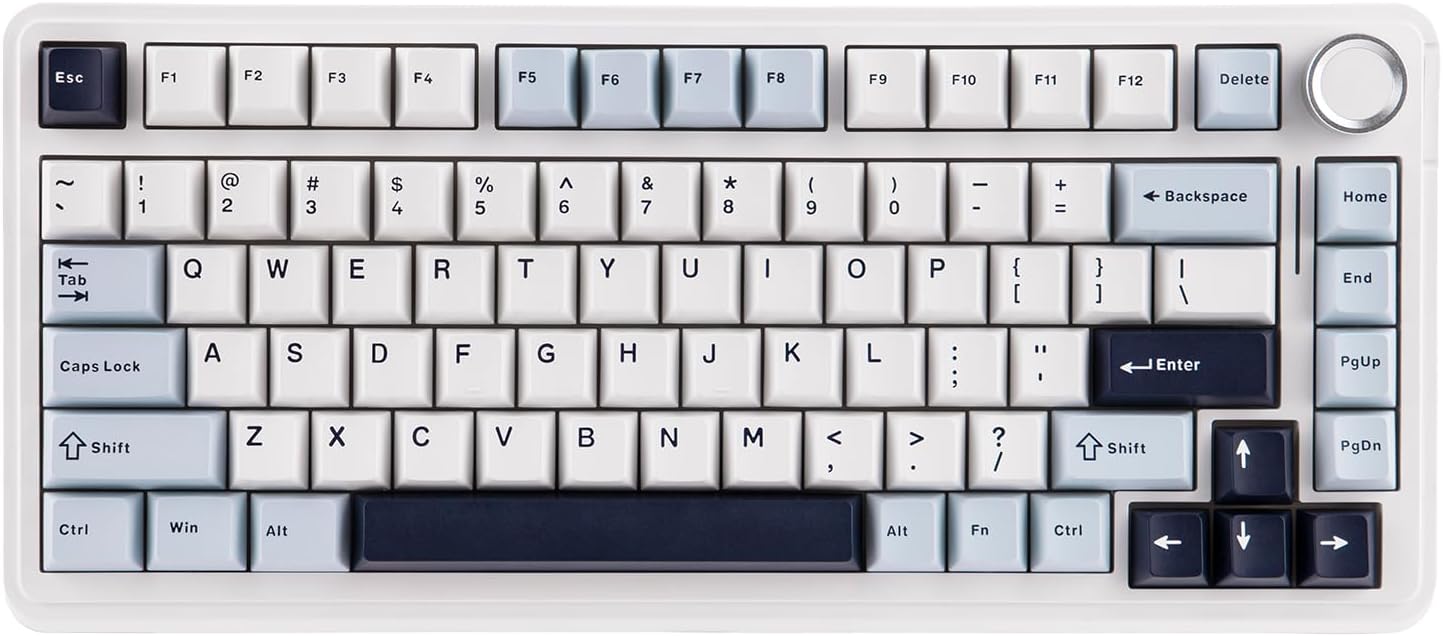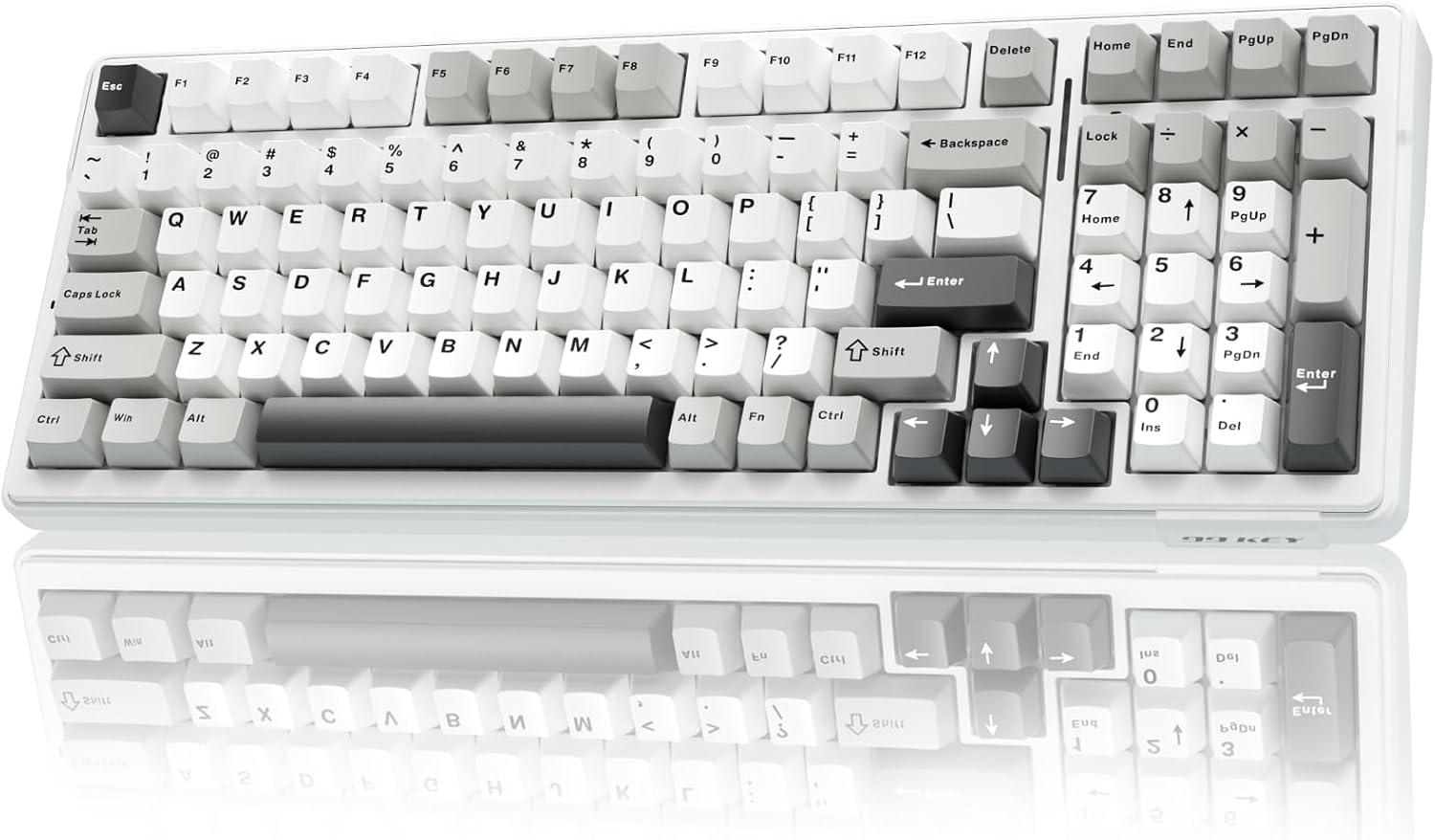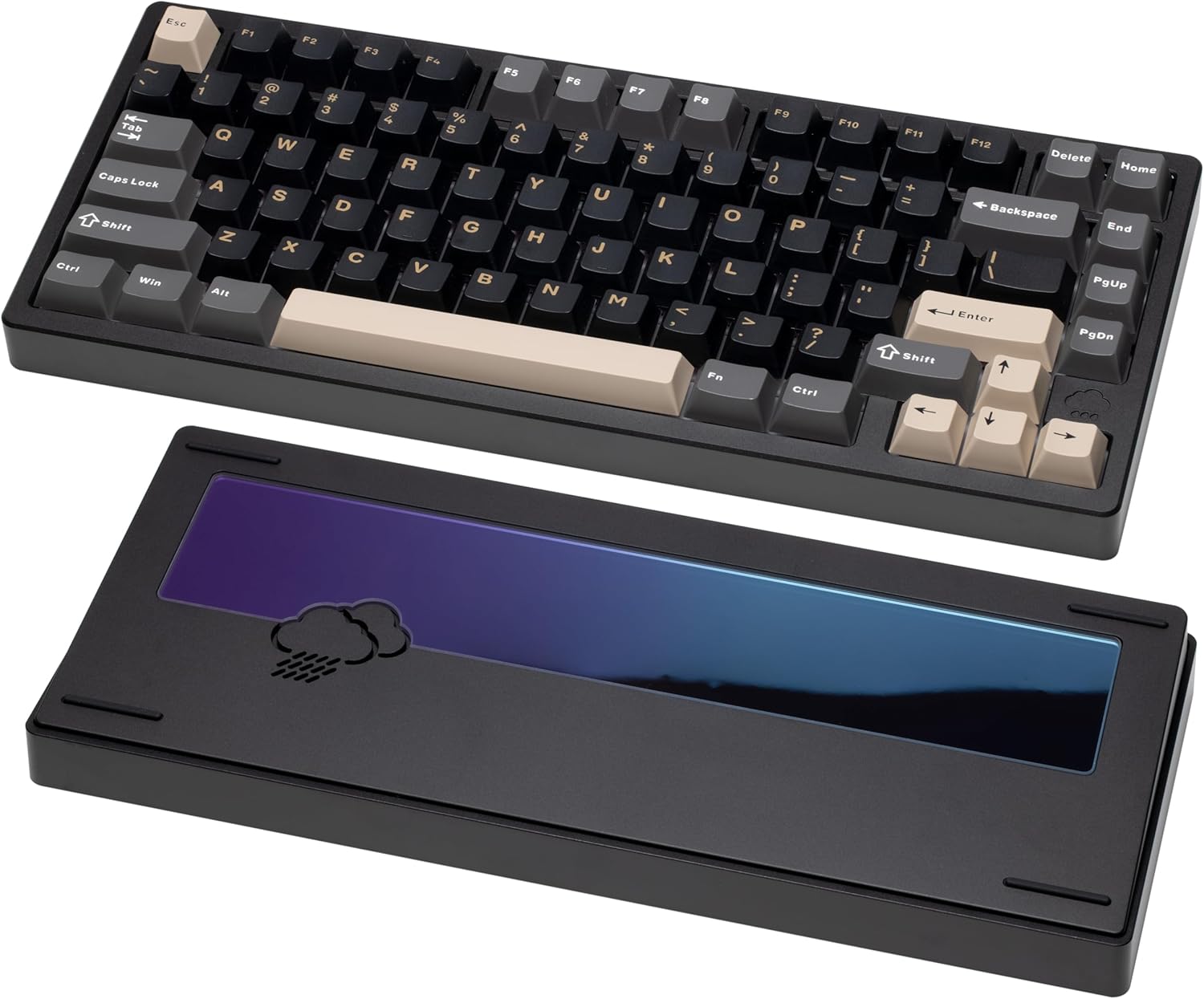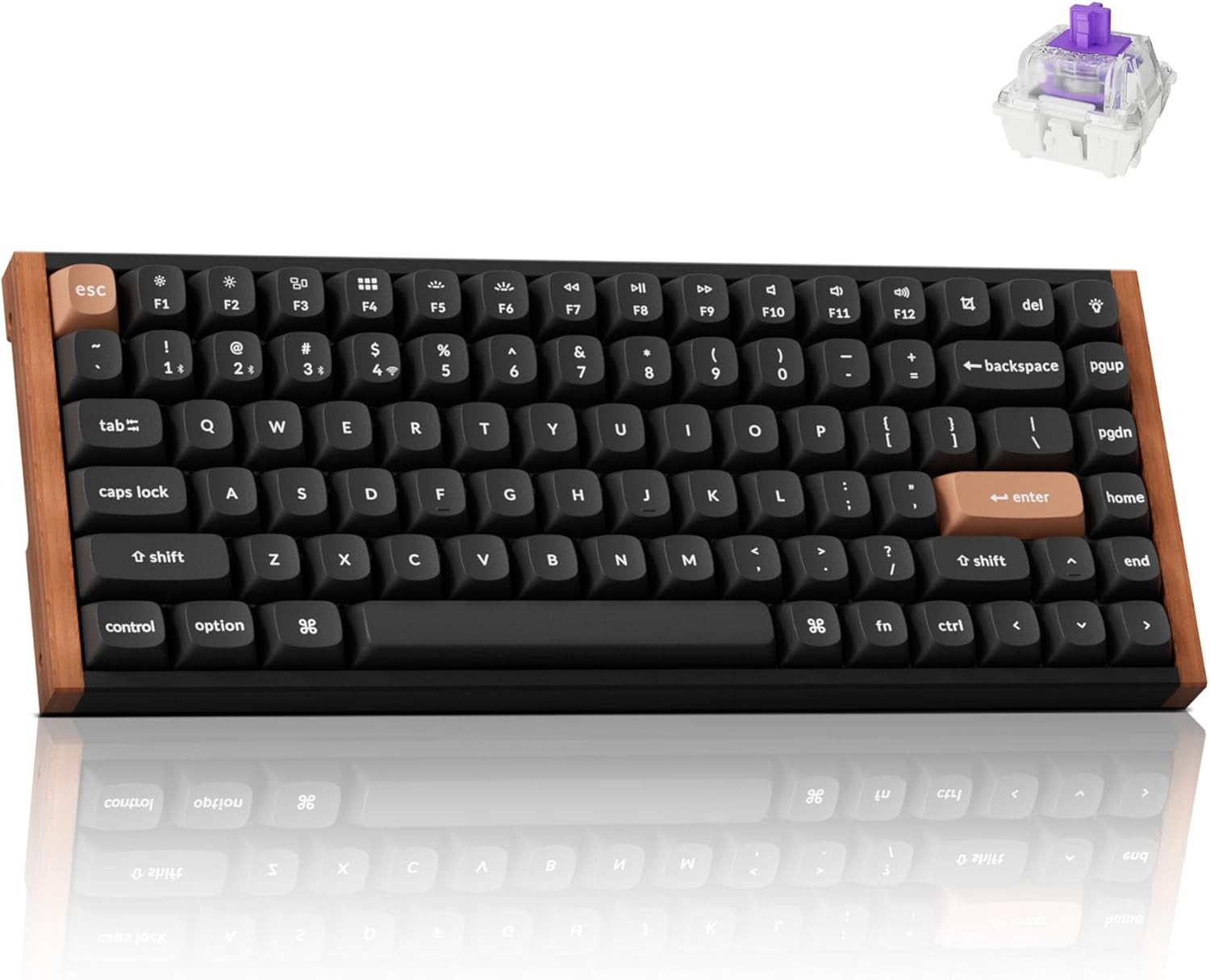The Comprehensive Guide to Mechanical Keyboards: Features, Tips, and Recommendations
Introduction
Mechanical keyboards have surged in popularity over the past few years, becoming the go-to choice for typists, gamers, and anyone who spends a lot of time at their computer. With their tactile feedback, durability, and customizable features, it’s no wonder that people are making the switch. In this guide, we’ll explore the essential features to look for in a mechanical keyboard, provide tips for choosing the right one for your needs, and recommend some top products available on the market today.
Key Features to Consider
When shopping for a mechanical keyboard, there are several key features to consider that can significantly impact your typing experience:
1. Switch Type
The most important aspect of a mechanical keyboard is the switch type. Different switches offer different tactile feedback, actuation force, and sound levels. For instance, Cherry MX Blue switches are known for their clicky sound and tactile bump, making them perfect for typists. On the other hand, Cherry MX Red switches are linear and quieter, ideal for gamers who need rapid key presses.
2. Build Quality
A sturdy build ensures longevity. Look for keyboards with metal backplates or high-quality plastic cases. Gasket-mounted designs, which allow for softer keystrokes, are becoming increasingly popular. A great example of this is the EPOMAKER EA75, which features a solid build and excellent sound dampening.
3. Connectivity
Consider how you plan to use your keyboard. If you need flexibility, look for models that offer multiple connectivity options, such as wired, Bluetooth, and 2.4GHz wireless. The AULA F99 excels in this area with its tri-mode connectivity, making it suitable for both desktop and mobile use.
4. Customization
Many mechanical keyboards allow you to customize keycaps and lighting. This not only enhances aesthetics but can also improve your typing experience. Look for keyboards with hot-swappable switches, like the WOBKEY Rainy 75, which allows you to easily change switches without soldering.
5. Size and Layout
Mechanical keyboards come in various sizes, such as full-size, tenkeyless (TKL), or compact layouts like 75% or 60%. Your choice should depend on your workspace and how much portability you need.
Recommendations for Every User
Now that we've covered the essentials, let's dive into some recommended products based on different use cases:
For Gamers: Keychron K2 HE
The Keychron K2 HE is perfect for gamers looking for a responsive keyboard. Its Hall-Effect Gateron switches provide customizable actuation and a 1000Hz polling rate for unbeatable performance.
For Typists: EPOMAKER EA75
If you're primarily a typist, the EPOMAKER EA75 offers a fantastic typing experience with its factory-lubed switches and sound dampening features, making it a great choice for those long writing sessions.
For Portability: AULA F99
The AULA F99 is compact and lightweight, making it easy to transport. Its robust features and battery life make it suitable for both work and gaming on the go.
For Customization Enthusiasts: WOBKEY Rainy 75
With its minimalist design and hot-swappable switches, the WOBKEY Rainy 75 is ideal for users who love to customize their keyboards for a unique typing experience.
Conclusion
Choosing the right mechanical keyboard can greatly enhance your typing experience, whether you’re gaming, coding, or simply browsing the web. Consider your specific needs, explore different features, and take your time to find a keyboard that matches your style. Don’t forget to check out our recommendations above—you might just find your new favorite keyboard!
Call to Action
Ready to upgrade your typing experience? Check out our top picks:
Buy EPOMAKER EA75 Buy Keychron K2 HE Buy AULA F99 Buy WOBKEY Rainy 75
Mechanical Keyboard Starter Guide
Ever wanted to learn about or build your own mechanical keyboard? This guide will show you everything you need to know.
Learn More


